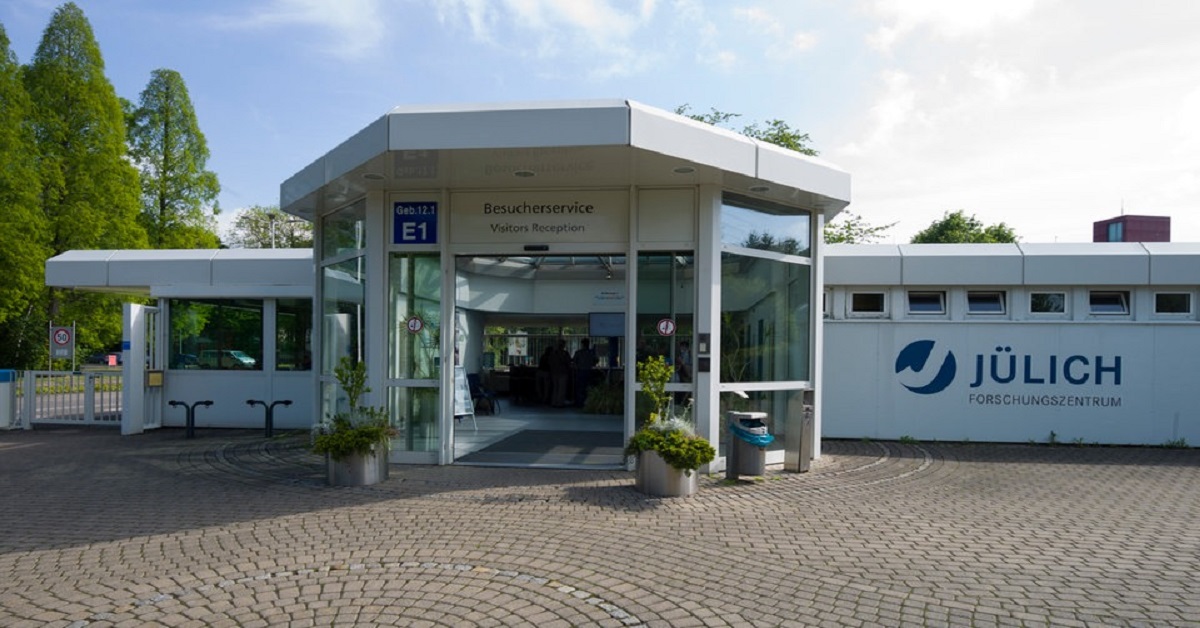
Li-ion batteries (LIBs), as the market leading power sources for portable electronic devices, electric vehicles, and large scale stationary energy storage technologies experience a growing economic and ecologic importance worldwide. However, the rapid growing demand for LIBs would deplete the earths’ resources eventually, especially for the critical metals such as Li, Ni and Co. This confronts us with the necessity to rethink battery chemistries for finding ways into more sustainability. The ways into meeting the demand for higher energy density and sustainability are multifold. One approach are new battery concepts with new core chemistries known as “Post-LIB” technologies. In this project new electrodes with relevant low cost, sustainable and more abundant elements will be developed, as such this project links into the cutting-edge research on sustainable materials for Post-LIB technologies. Your tasks in detail:
- Literature research on the status of battery research on (sustainable) battery electrodes with a respect to a specific material class
- Synthesis of (electrode) powders by solid-state reaction or wet-chemical methods
- Material characterization and electrochemical analysis, as well as advanced analytical methods (e.g. spectroscopy, advanced X-ray diffraction, in-situ methods)
- Evaluation of different synthesis parameters (temperature, atmosphere, substituents) and their influence on the materials properties and electrode performance, as well as development of strategies to optimize the electrode performance
- Presentation of the research results at national and international conferences, as well as in exchange with internal and external, national and international project partners and in scientific publications and project reports in German and English
Your Profile:
- Masters degree in Chemistry, Chemical Engineering, Physics, Materials Sciences, Mineralogy or a similar field of studies
- Interest in electrochemistry and batteries
- Experience in materials synthesis / powder synthesis and characterization
- Independent and reliable style of working
- Excellent ability to cooperate and work in a team
- Fluent command of written and spoken English
- Sufficient knowledge of German to write German texts (e.g. project reports)
Our Offer:
We work on the very latest issues that impact our society and are offering you the chance to actively help in shaping the change! We offer ideal conditions for you to complete your doctoral degree:
- Comprehensive training courses and individual opportunities for personal and professional further development
- A large research campus with green spaces, offering the best possible means for networking with colleagues and pursuing sports alongside work
- Extensive company health management
- Ideal conditions for balancing work and private life, as well as a family-friendly corporate policy
- Flexible work (location) arrangements, e.g. remote work
- 30 days of annual leave and provision for days off between public holidays and weekends (e.g. between Christmas and New Year)
- Further development of your personal strengths, e.g. through an extensive range of training courses; a structured program of continuing education and networking opportunities specifically for doctoral researchers via JuDocS, the Jülich Center for Doctoral Researchers and Supervisors: https://www.fz-juelich.de/en/judocs
- Targeted services for international employees, e.g. through our International Advisory Service
The position is for a fixed term of 3 years. Pay in line with 75% of pay group 13 of the Collective Agreement for the Public Service (TVöD-Bund) and additionally 60 % of a monthly salary as special payment („Christmas bonus“). Further information on doctoral degrees at Forschungszentrum Jülich including our other locations is available at: https://www.fz-juelich.de/gp/Careers_Docs
We welcome applications from people with diverse backgrounds, e.g. in terms of age, gender, disability, sexual orientation / identity, and social, ethnic and religious origin. A diverse and inclusive working environment with equal opportunities in which everyone can realize their potential is important to us.


